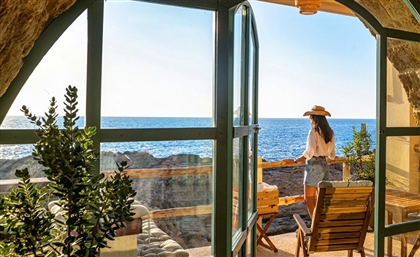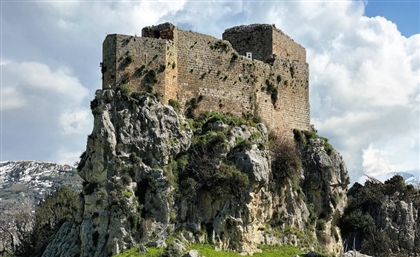Where the Cedars Still Whisper: Lebanon’s Living Forest of Shouf
High in the mountains of central Lebanon, the Shouf Biosphere Reserve shelters ancient cedar groves, winding trails, and the last breath of a land that’s still learning how to hold itself together.
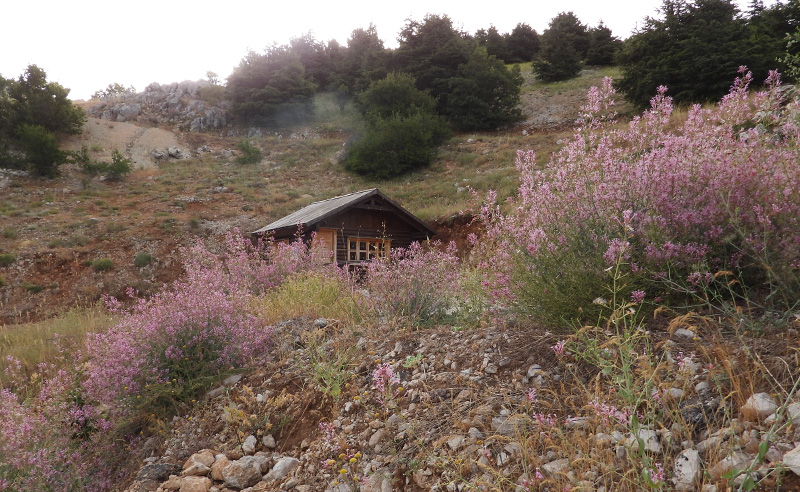
The road coils upward from the Beqaa Valley, rising through switchbacks of stone and pine, until the air thins and the trees begin to change. The villages below recede into a hazy patchwork, and the earth grows quiet. Here, in the folds of Mount Lebanon, where time moves slower and the seasons still matter, lies the Shouf Biosphere Reserve—more than a forest, not quite a relic, a living landscape that remembers everything.
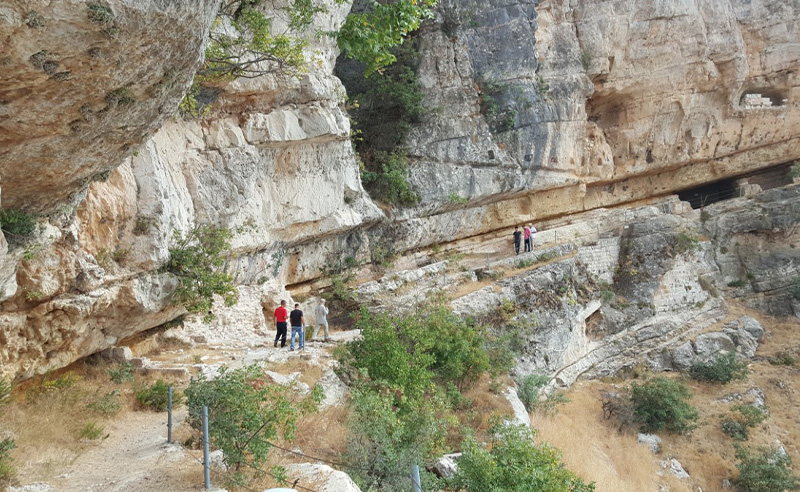
Spanning over 500 square kilometres, it is the largest nature reserve in Lebanon, stretching from Dahr Al-Baidar in the north to Niha in the south. As the altitude shifts, so does the mood of the land. Some parts are dry and golden, where scrubland crackles underfoot. Others are cool and green, with dew-wet ferns and cedar canopies that filter light like stained glass.
Mist gathers in the hollows. Wind slips through branches older than memory. The cedars—some standing for over a thousand years—are not just symbols but survivors, their trunks scarred by frost and fire, their roots threaded deep into the country’s fractured soil. Around them lie shepherd trails, crumbling watchtowers, and terraced hills that once fed whole families. And beyond them: a mosaic of valleys, cliffs, and quiet outposts where life continues, tentatively, like a flame protected from wind.
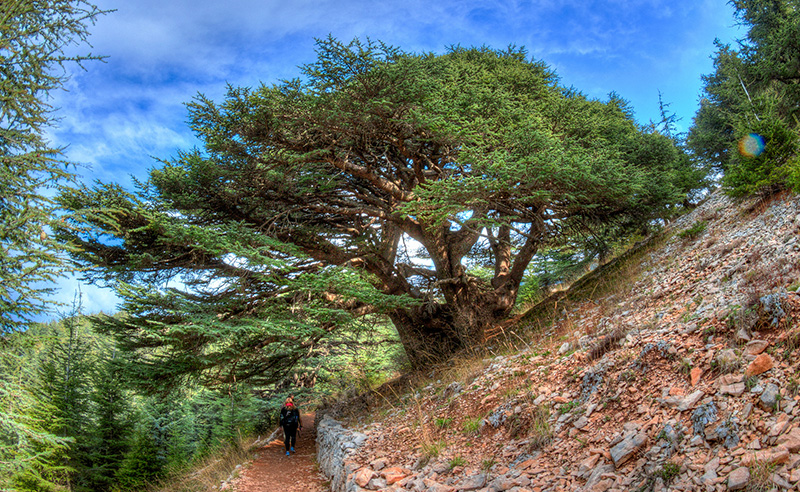
Shouf is not untouched. It has been passed through by empires, grazed by war, reshaped by human hands. But something in its altitude—or in its stubborn trees—resists erasure. It is a place where Lebanon's bruised ecology and layered history meet, not in confrontation, but in quiet cohabitation.
You don’t simply visit Shouf. You enter it—on foot, by breath, through the slow unfolding of trail after trail. In the Maasser Al-Shouf cedar forest, you can stand beneath trees that have witnessed centuries, their trunks hollowed and gnarled as though time itself has passed through them. Wander farther, and you might spot wild goats dancing along cliff edges, or catch the rustle of a boar retreating into the brush. In spring, meadows erupt in colour—poppies, orchids, and wild herbs curling between stones. In autumn, the whole forest burns gold.
The surrounding villages aren’t just gateways—they’re part of the rhythm. Barouk, the most accessible entry point, greets visitors with the scent of pine and fresh saj bread, its air sweet with orchard fruit. In Maasser El Shouf, you can sit in a family-run guesthouse, drink thick coffee, and hear stories of how locals helped replant the cedars after the war, one sapling at a time. Stay in places like Dar Jabal or Moon’s Cedar House, tucked between stone terraces and groves of fig trees. Wake to the sound of wind through the branches. Shower with water warmed by the sun. These aren’t polished luxury spots—they’re places that remember your face when you return.
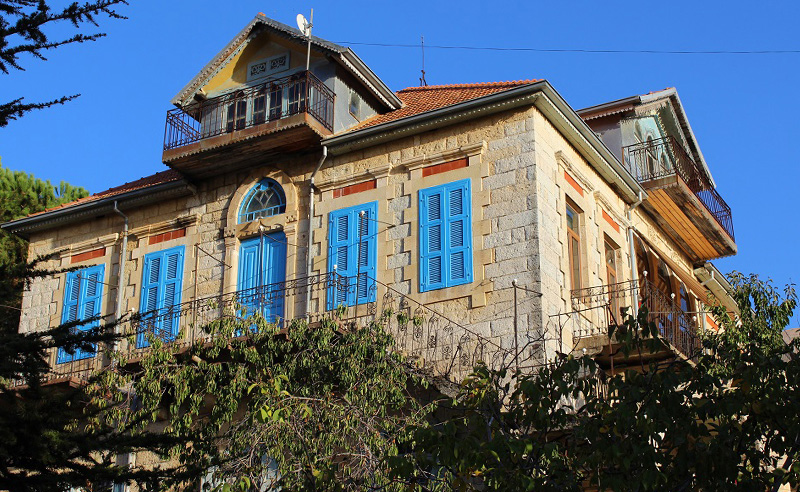
Eat simply, but well. At Baytna in Maasser El Shouf, everything is made nearby—labneh, olives, sun-bright eggs, and bread still warm from the taboon. Further uphill, Al-Chouf Cedar House offers stews and mountain tea by the fire in winter. In Ain Zhalta, Al Midan serves makdous and moujaddara on a shaded terrace that overlooks ancient olive groves.
And then walk again. Past ruined towers and Ottoman-era footpaths. Past old Druze homes built into the hillsides. Climb to the Niha Fortress, carved into a cliff, where rebels once hid and watched the valley far below. Stand there long enough, and you’ll understand why they chose this place. It hides you. Holds you. And demands nothing but your full attention.
- Previous Article Emirates Launches Third Daily Flight Between Dubai & Barcelona
- Next Article Six Unexpected Natural Wonders to Explore in Egypt
Trending This Month
-
Nov 29, 2025




